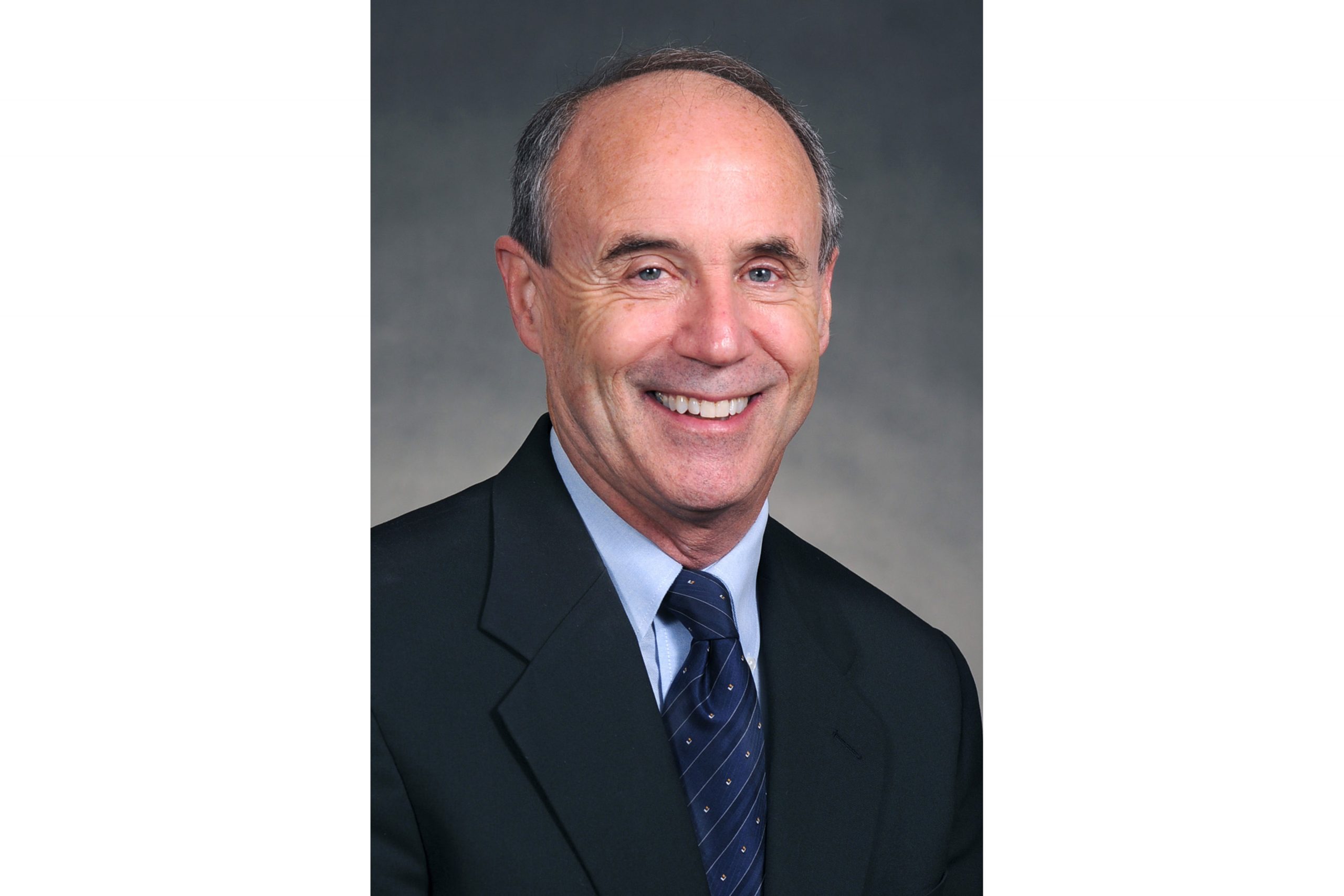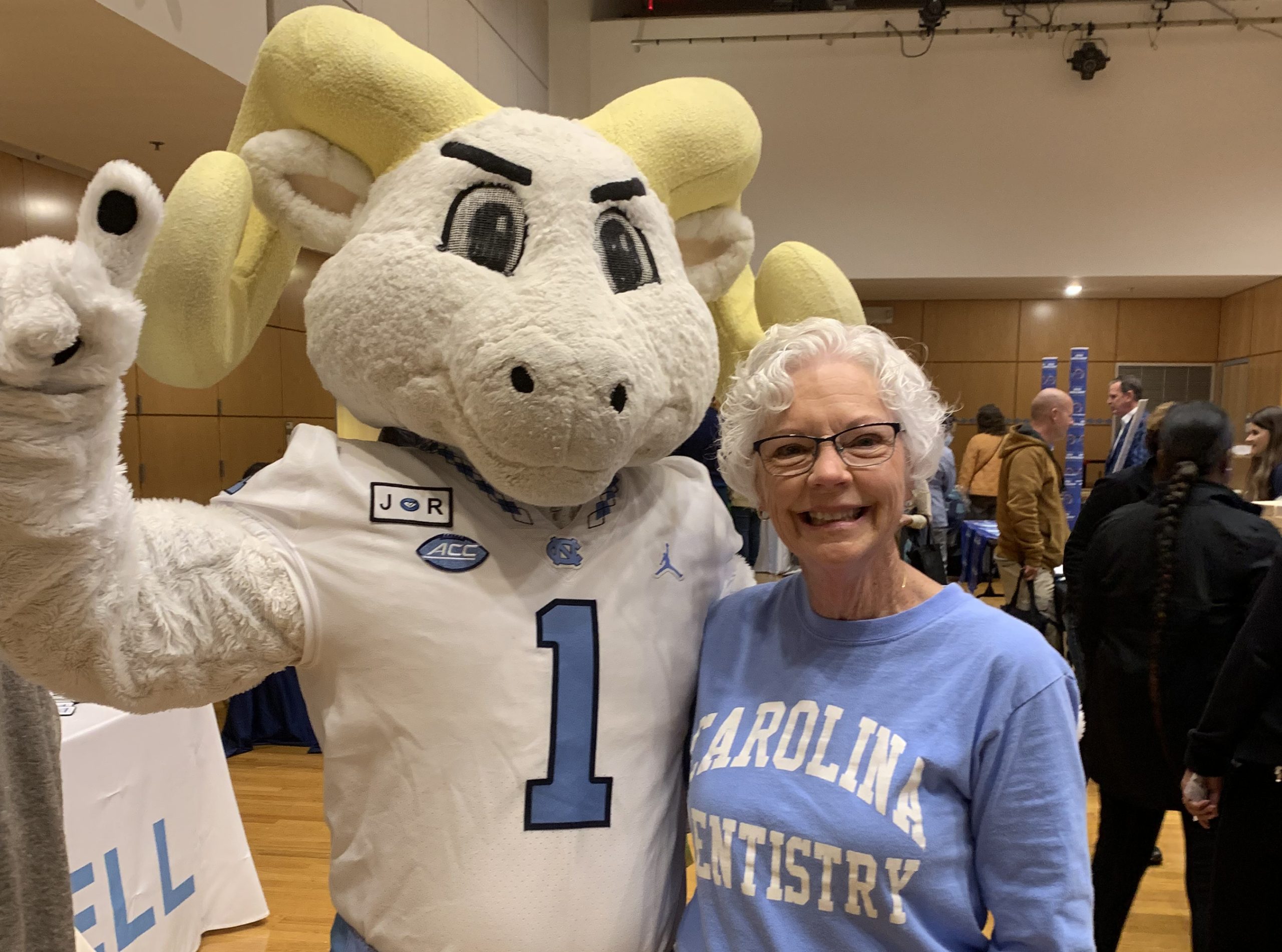Tyndall Speaks at Australian Dental Congress

Dr. Don Tyndall, professor and director of radiology in the Oral and Maxillofacial Radiology Division of the Department of Diagnostic Sciences, was one of seven invited international speakers at the 36th Annual Australian Dental Congress. The conference, which was held from March 25-29 in Brisbane, Australia, was themed “The Future is Here.”
His first presentation, “Fundamentals of Cone Beam Computed Tomography,” highlighted the basic technology of cone beam CT imaging (CBCT), its radiation risks and its integration into 3D digital dentistry. The presentation focused on educating the practicing dentist on the basics of CBCT technology and how it acts as a base for 3D digital dentistry. During the presentation, Tyndall also highlighted the radiation risks of CBCT compared to 2D imaging.
Tyndall’s second talk, “Cone Beam CT in General Practice,” featured interpretation of CBCT volumes, legal and ethical responsibilities, clinical applications and selection criteria for use clinical dentistry. In this presentation, he focused on the many clinical applications of CBCT imaging in dentistry and, in his words, “the responsibilities that come with this advanced imaging system.”
While at the Australian Dental Congress he also conducted an all-day CBCT interpretation workshop during which he utilized a combination of lecture and hands-on participation with real patient cases.
Prior to speaking at the Australian Dental Congress, Tyndall conducted three all-day interpretation workshops in both Sydney, Australia and Auckland, New Zealand. During these workshops, Tyndall stressed the need to understand the advantages of CBCT systems in terms of increased diagnosis and more efficient treatment planning balanced by understanding of the limitations of three dimensional imaging for some dental tasks.
“The rise in popularity of tri-dimensional imaging in dentistry through cone beam CT has led to a need in many countries for understanding the use of these systems in dentistry as well as learning how to go through CBCT volumes to identify abnormalities and then make appropriate referrals to an oral and maxillofacial radiologist for a full report,” said Tyndall.


